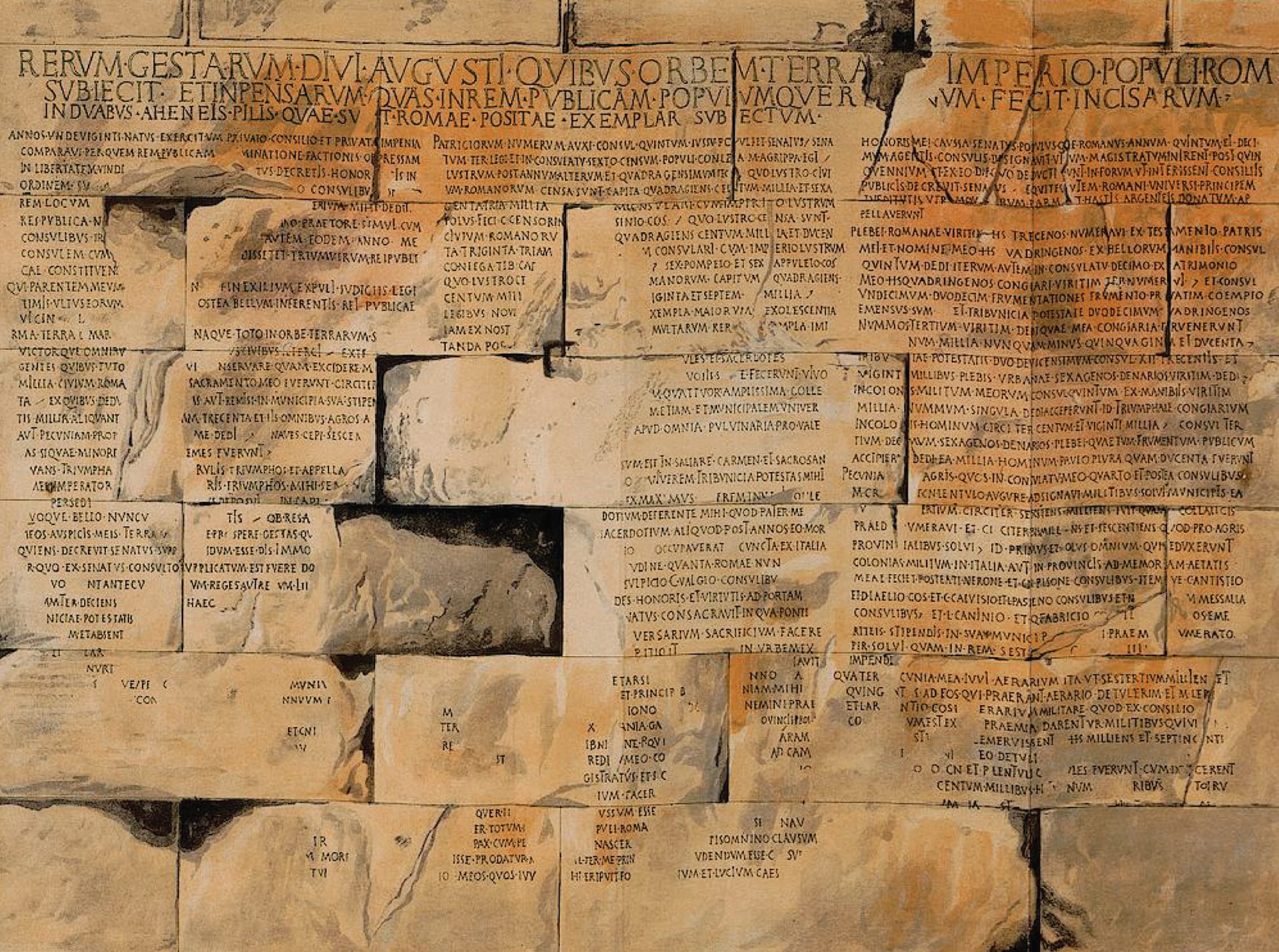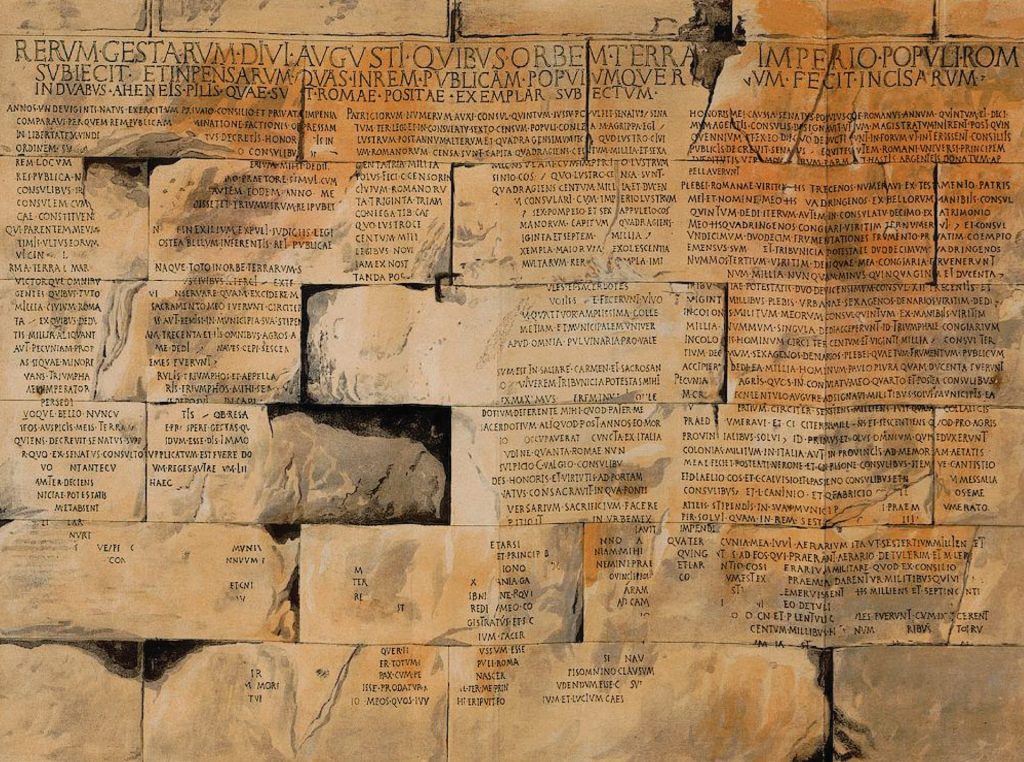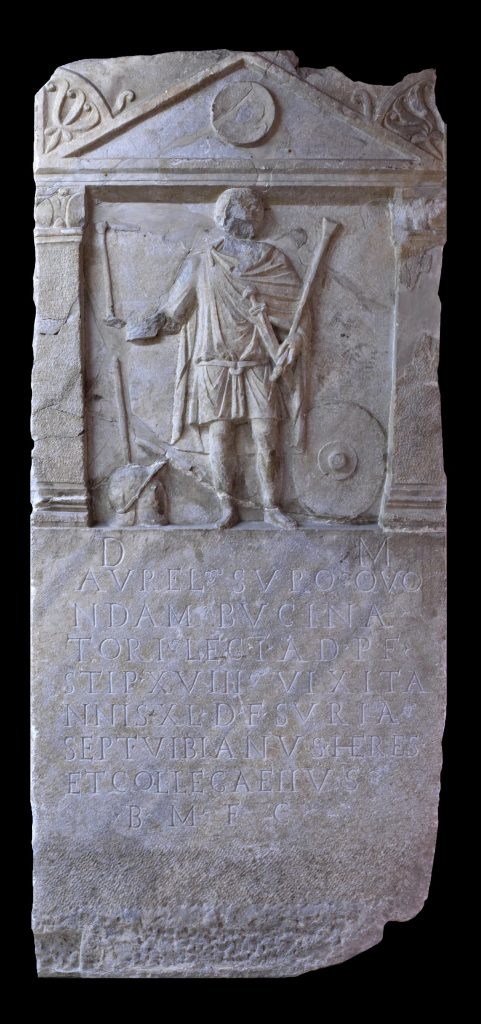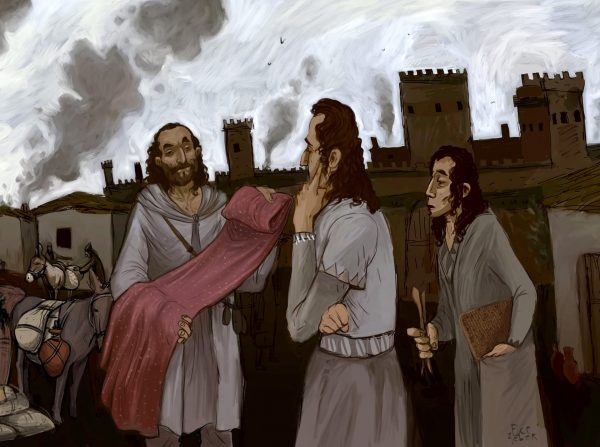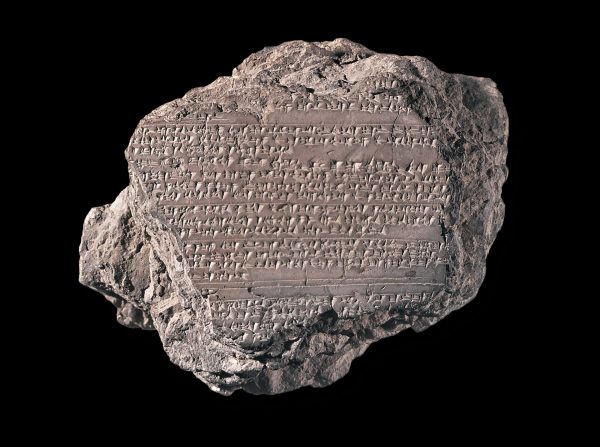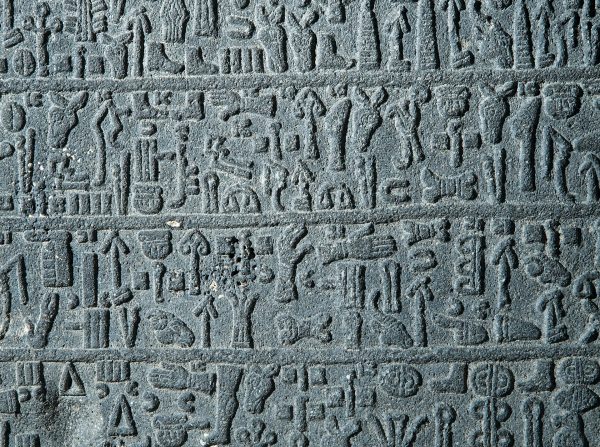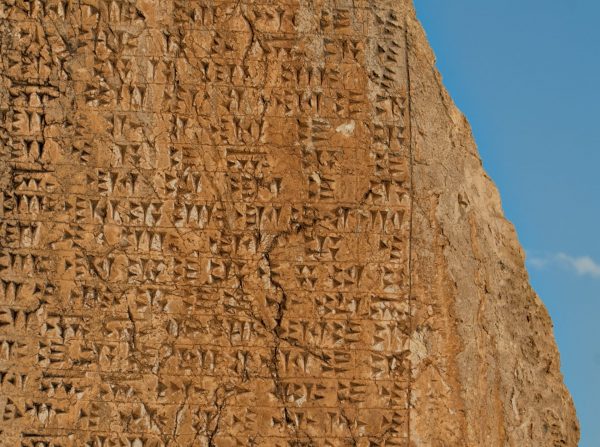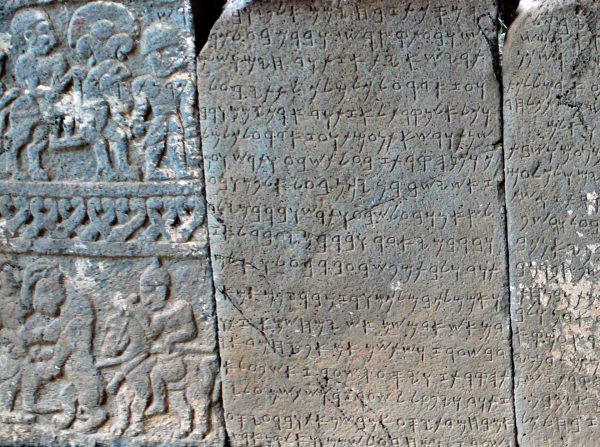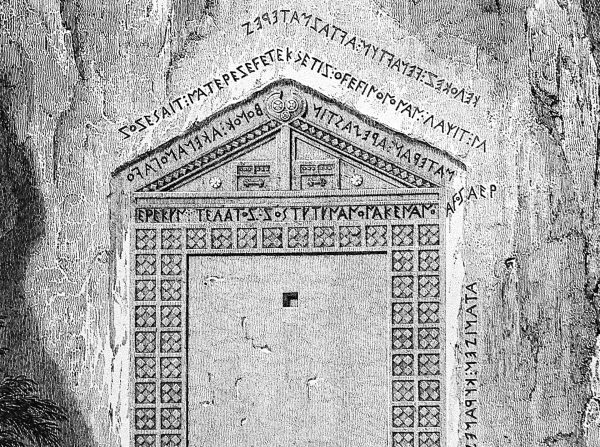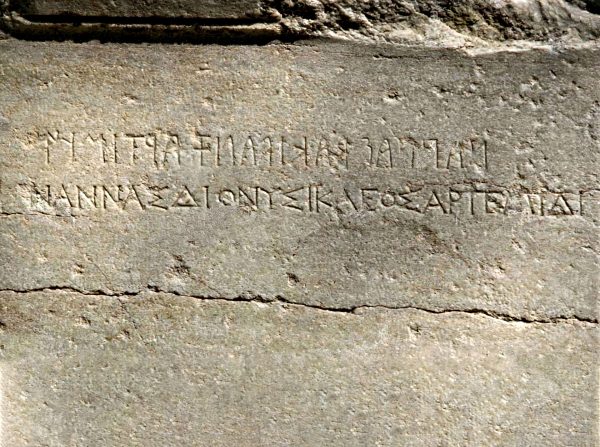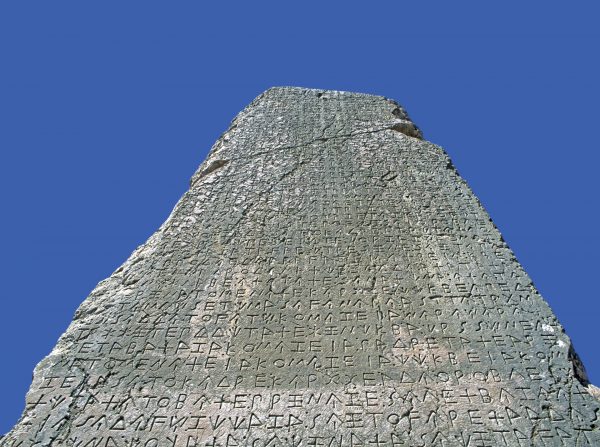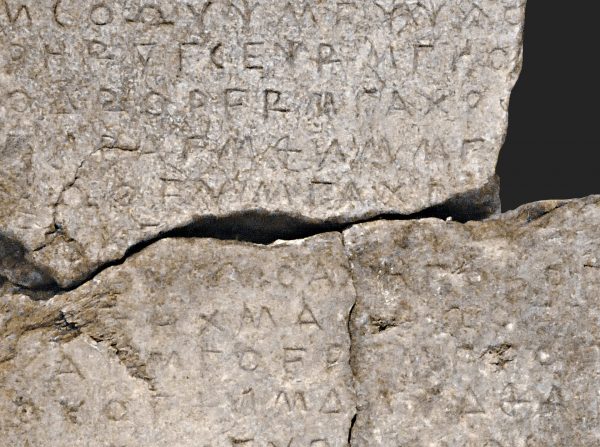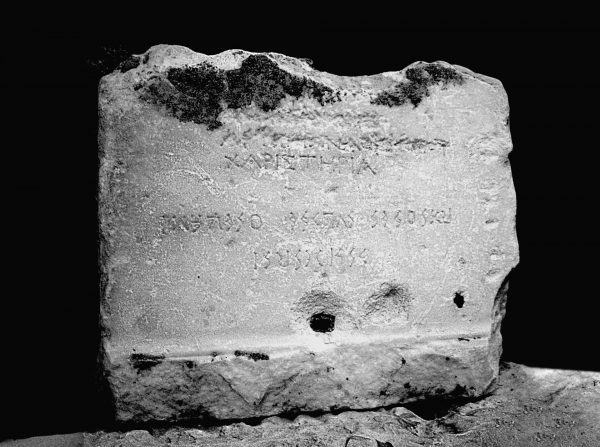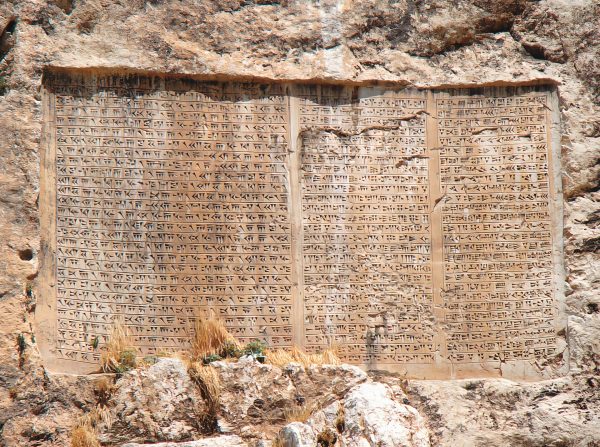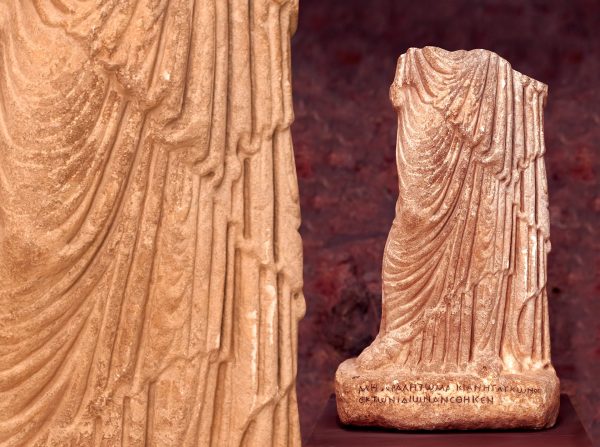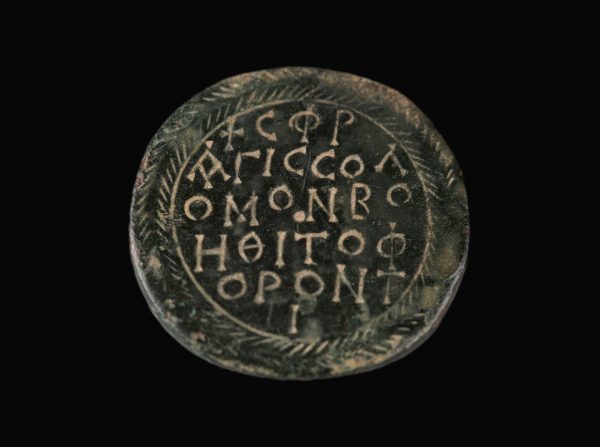Once the Romans gained strength and captured first all of Italy and subsequently the entire Mediterranean world, Latin became the official language of conquered territories; Latin constitutes the basis of present day Italian, Spanish, Portuguese, French, and Romanian.
The Latins learned letters and writing in 7th century BC from the Hellenistic colonies settled in Cumae in the Campania Region. Although it is known that the Etruscans brought the alphabet to the Italian Peninsula at an earlier date, the Romans developed an alphabetic system of 26 letters based on both Hellenic and Greek alphabets.
Once the Romans gained strength and captured first all of Italy and subsequently the entire Mediterranean world, Latin became the official language of conquered territories; Latin constitutes the basis of present-day Italian, Spanish, Portuguese, French, and Romanian. However, as there was a powerful Hellenistic writing system in the Eastern Mediterranean world, where Greece, Thrace, Anatolia, Mesopotamia, and Egypt are located, Latin did not gain a foothold in this region and remained as a secondary language. Even after the fall of the West Roman Empire in 475 AD, Latin continued to exist as the language of the Church until present times.
Inscribed on the wall of the temple also known as the Temple of August located next to the Mosque of Hacı Bayram in Ankara, “Monumentum Ancyranum” is the longest, most important, and most intriguing of the Latin inscription tablets discovered to date. Written by Augustus, the founder of the Roman Empire, shortly before his death in 14 AD this text was first read at the Senatus and was inscribed on two bronze columns erected in the city of Rome. Several copies were placed in various temples across other states of the Roman Empire. Today, the most intact copy of this inscription is preserved in Ankara.
Queen of the Monuments/ The Monument of Ancyra
Place of Discovery: Ankara
Language: Latin
Date: After 14 AD
Material: Stone
…”I gave the people the spectacle of a naval battle beyond the Tiber, at the place where now stands the grove of the Caesars, the ground having been excavated for a length of eighteen hundred and a breadth of twelve hundred feet. In this spectacle thirty beaked ships, triremes or biremes, and a large number of smaller vessels met in conflict. In these fleets there fought about three thousand men exclusive of the rowers”…
Inscribed on the wall of the temple also known as the Temple of August located next to the Mosque of Hacı Bayram in Ankara, “Monumentum Ancyranum” is the longest, most important, and most intriguing of the Latin inscription tablets discovered to date. Written by Augustus, the founder of the Roman Empire, shortly before his death in 14 AD this text was first read at the Senatus and was inscribed on two bronze columns erected in the city of Rome. Several copies were placed in various temples across other states of the Roman Empire. Today, the most intact copy of this inscription is preserved in Ankara.
Tomb of Roman Legion Trumpeter Aurelius Surus
Place of Discovery: Beyazıt, İstanbul
Language: Latin
Date: 1st century AD
Material: Marble
Istanbul Archaeological Museums Stone Artifacts Collection, Inv. no.5826T
In addition to the identity of the soldiers who served in the Roman army units (legions), on the tombstones, it is often stated in which legion, how many years, and which duty he served. These soldiers may have died during the war, or they may have died where they lived after their retirement. It is common for legion soldiers to have their tombstones made by a fellow soldier who served in the same legion, and the deceased soldier is honored by referring to his loyalty, piety, and other superior qualities to his legion.

